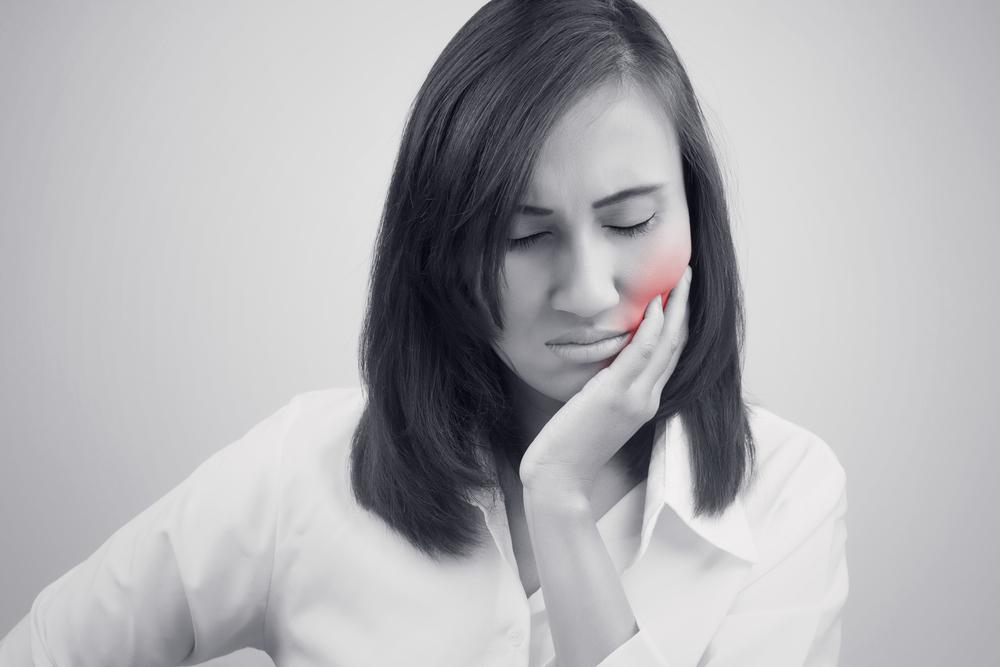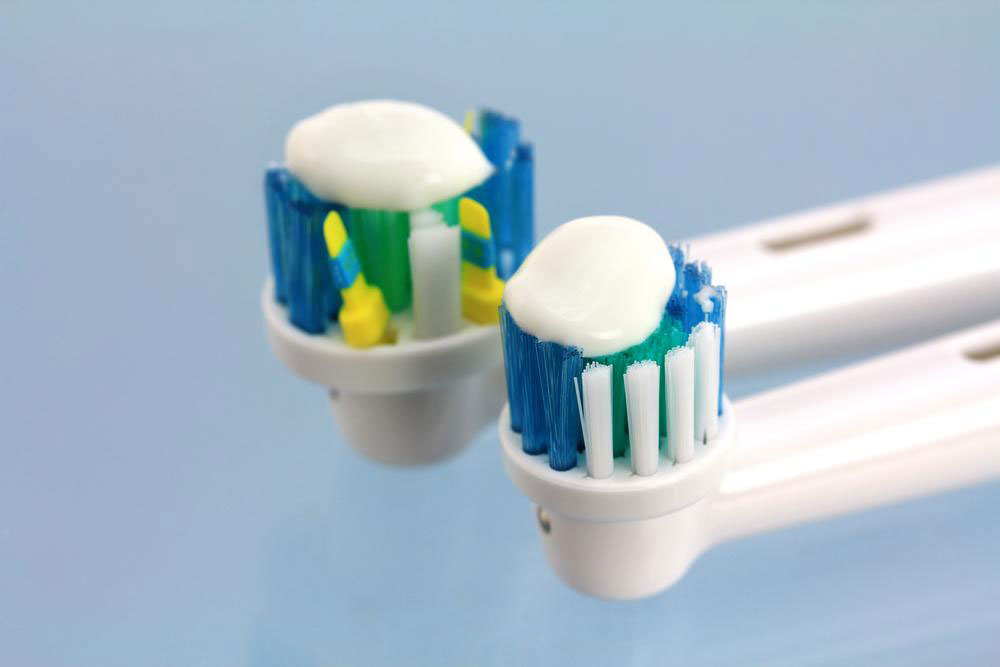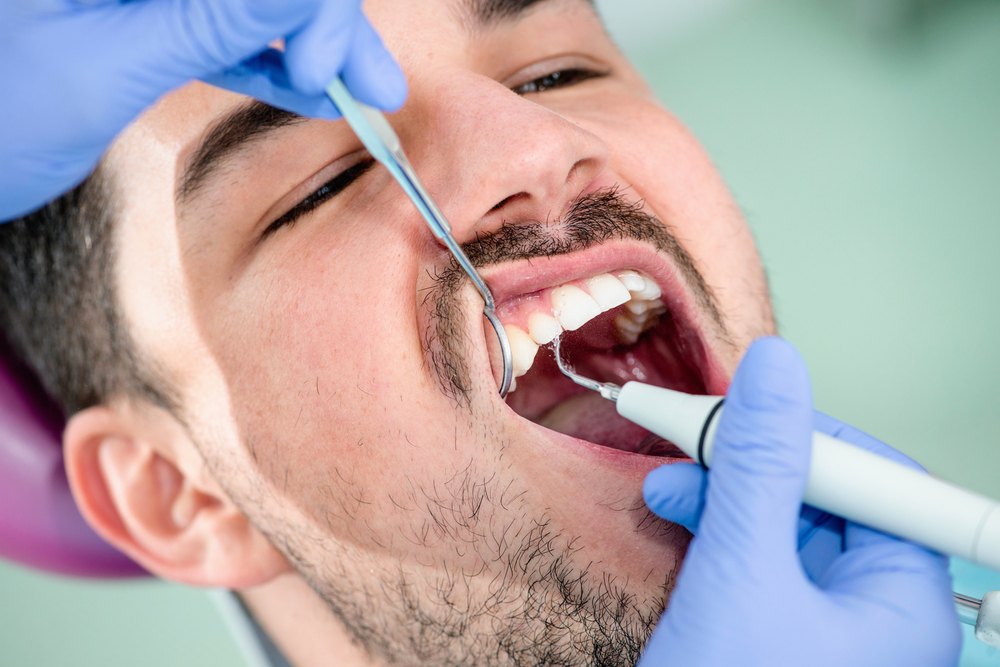Essential Insights into Toothache Prevention and Care
Gain essential knowledge on preventing and managing tooth pain with tips from professional dentistry. Learn about causes, diagnosis, and treatments including fillings and root canals. Implement daily oral hygiene habits to maintain healthy teeth and avoid discomfort. This guide provides practical advice to keep your smile pain-free and emphasizes the importance of regular dental checkups for long-term oral health.

Essential Insights into Toothache Prevention and Care
Understanding Toothache and How to Prevent It
Maintaining optimal oral health is easier than managing pain later. Consistent oral hygiene practices such as brushing twice daily, especially after dinner, flossing regularly, rinsing with mouthwash, and scheduling bi-annual dental checkups significantly reduce the risk of tooth pain. Recognizing the causes, diagnosis, and treatment options for tooth discomfort can help prevent serious issues in the future.
Here’s what you need to know about tooth pain, from causes to remedies.
What leads to toothache?
The enamel is the hard outer layer of teeth, shielding the inner tissues like the pulp, which houses nerves and blood vessels.
Most symptoms involve sensitivity to air, cold or hot drinks, and sweet or sour foods.
Temporary relief can be achieved with home remedies, but professional dental care is essential for lasting treatment.
How is toothache diagnosed?
Not all tooth pain is due to decay; sometimes, pain from other areas manifests in the teeth.
Determining the pain’s nature helps dentists identify its root cause.
Tapping the tooth gently may reveal decay if it causes pain, indicating a cavity.
Removing dark decayed tissue can trigger sensitivity, confirming a superficial cavity.
If diagnosis remains uncertain, X-rays are performed.
Pain without visible damage may be reflected pain from elsewhere.
Impacted wisdom teeth or TMJ disorders can also cause discomfort.
How is tooth pain treated?
Treatment varies based on the cause.
Small cavities are filled after removing the decayed area using materials that match the tooth color.
Resin fillings are now common, hardened with UV light for durability.
What is root canal therapy?
Deep decay involving the pulp requires root canal treatment (RCT), often over multiple visits.
The dentist drills access to the pulp cavity, disinfects it if infected, and fills the space with gutta-percha cones to seal it.
Once disinfected and sealed, the tooth is restored with a crown that matches the natural shape and color.
Prevention tips for avoiding tooth pain
Promptly rinse mouth after meals with water to remove food particles.
Brush twice daily using a soft-bristled toothbrush, especially after dinner.
Gently angle the brush at 45°, cleaning along the gumline with circular motions.
Use floss or interdental brushes to remove debris from between teeth, minimizing decay risk.
Disclaimer:
Our blog offers practical health information across various topics. While based on thorough research, these articles are not a substitute for professional dental advice. The editorial team disclaims responsibility for inaccuracies or differences across other sources. Readers are encouraged to consult their healthcare provider for personalized care and to check for local schemes and offers beyond this content.










